Sign up to our mailing list for the best stories delivered to your inbox.
Jacqui Stevenson loves working in the garden with her father Brett and together the pair are creating their dream landscape.
WORDS CHRISTINE REID PHOTOGRAPHY STEPHANIE HUNTER
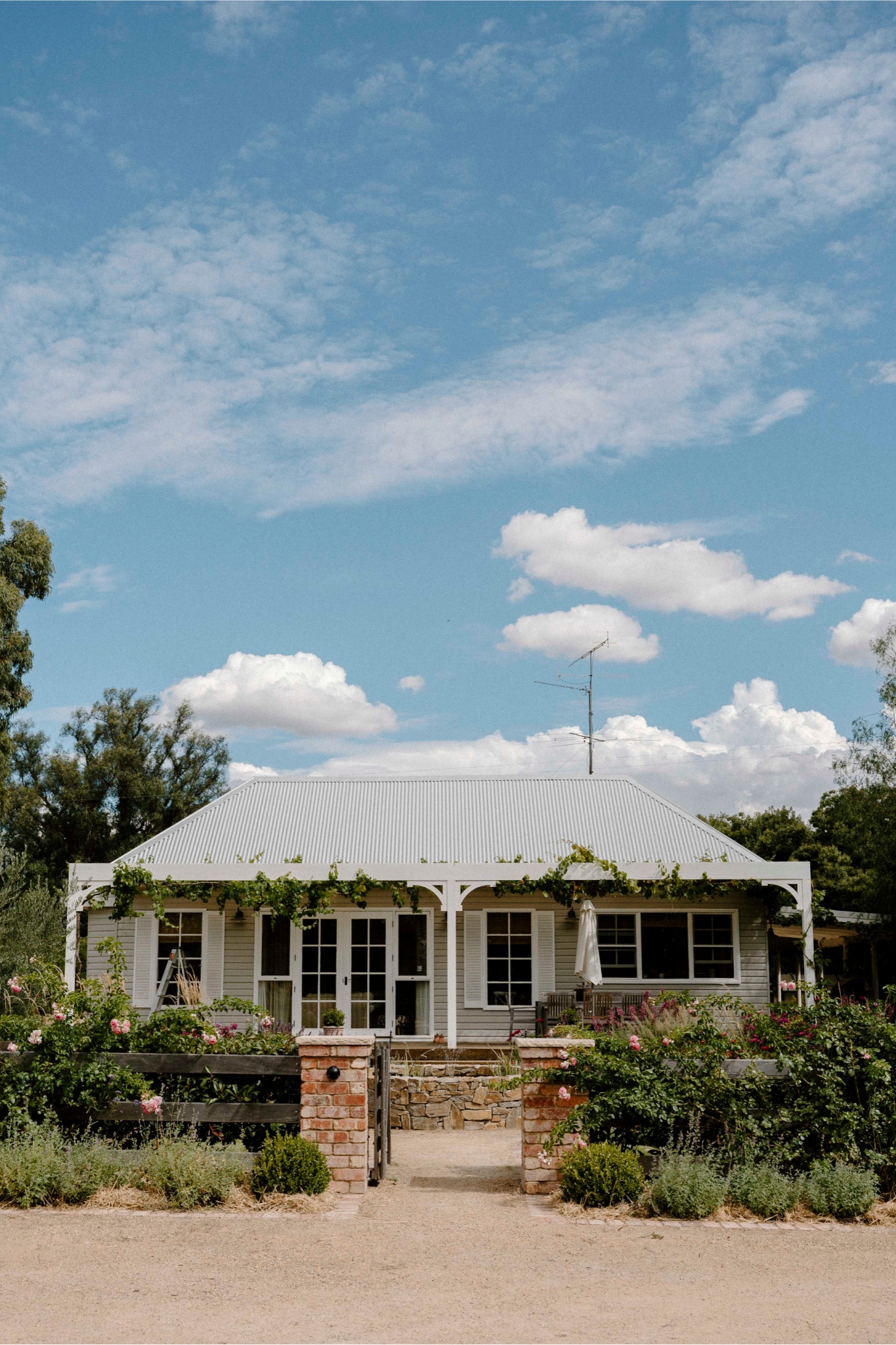
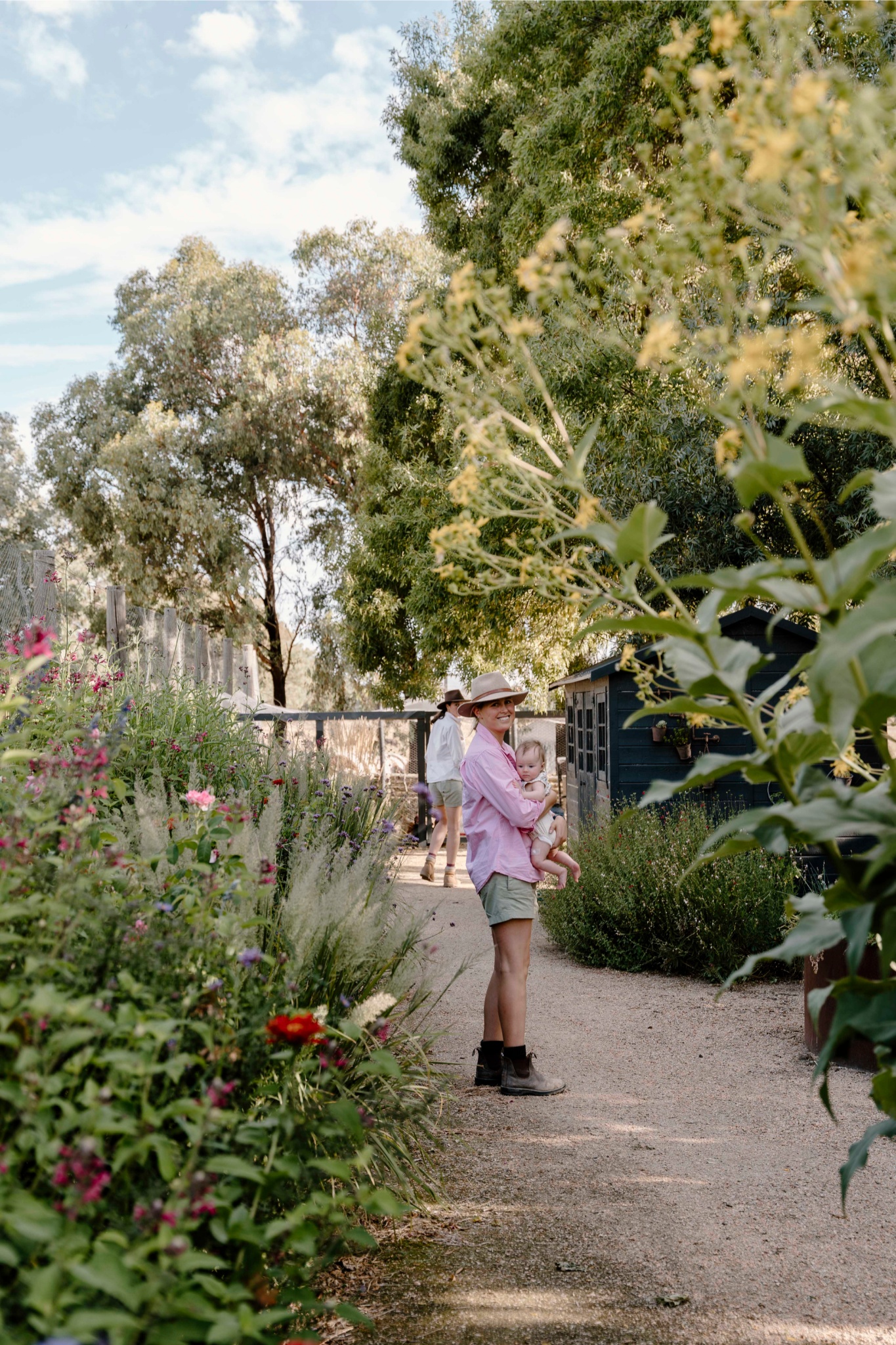
This internationally famous designer, and the leader of the New Perennial movement, is arguably the number one public garden designer in the world today. Oudolf is the genius behind many installations in the UK and mainland Europe as well as the High Line park in New York City.
“I graduated in landscape architecture and was already very interested in the new perennial movement,” explains Jacqui. “While I was working in residential design, I took a break for six months and visited New York and the High Line planting made an enormous impression on me.” Oudolf’s work on the High Line (a former railway line) showcases a matrix of grasses with perennials grouped throughout and conveys how the plants grow and intermingle in the wild.
“When I got back to Australia, I realised the impact Oudolf’s work had on garden design and current thinking; then I decided to do an online course with British designer and writer Noel Kingsbury, a long-time advocate of Oudolf’s ideas.”
Jacqui also spent hours discussing the latest trends in built landscapes with her father, Brett. As he tells it: “Before 2010 I was a fanatical gardener, with clipped box hedges and neatly mown lawns. However, in January 2010 I had an accident swimming which left me a quadriplegic. Our front garden was difficult to get around and we didn’t have enough room for all the perennials Jacqui and I wanted to plant!”
Brett had grown up on a mixed farming property near Dubbo and the constraints of a small city garden were beginning to frustrate him. “I was one of four boys from a pioneer farming family. My great-grandfather on my father’s side used to drive cattle down from Queensland each year and fatten them on the property,” he explains. “But being from a four-boy family, dad encouraged us to move away from the farm.”
After working in the financial markets for a decade, Brett returned to what he loved best: the agricultural industry. “At 33 I started a grain-marketing advisory business called Market Check in 1994. While I lived and had my office in Sydney, I spent half my time travelling the grain belt. I was able to have one foot in the bush and one foot in the city, which suited me perfectly.”
But the desire to have a more permanent country base grew stronger, so in 2016 he started looking for a farm the pair could redevelop into a dream garden, following the philosophy of the perennial movement pioneers. Father and daughter found the ideal blank canvas at Ladysmith in the New South Wales Riverina.
“During this time I was struggling with anxiety and depression; I knew I was an outdoor person and I just needed a focus, a change of direction,” says Jacqui. “Our new start with the farm lifted both our spirits and outlook.”
Brett, wife Joanne and Jacqui took over the farm in February 2017, first renovating the house and then starting on the garden in 2018. The land on the 25 hectare farm is a pleasing mix of rolling hills with some flat paddocks, bordering Kyeamba Creek.
“We had experimented with perennials in our Sydney garden — of course, it was too small for mass planting — but we were surprised at how well many of them performed in Sydney’s climate,” Jacqui says. “Now we have room to really expand.”
The New Perennial movement is about creating a garden design that, while carefully planned, mimics the feeling of nature. The planting scheme is typified by repetition of colours and plant varieties to create a natural flowering aesthetic and vast sweeping drifts of colour with perennials and grasses intertwined.
Jacqui’s favourite plants for this style of landscaping are two ornamental grasses: Miscanthus transmorrisonensis and Calamagrostis x acutiflora ‘Karl Foerster’. Also among her top 10 plants are Nepeta ‘Six Hills Giant’; Agastache aurantiaca ‘Sweet Lili’; Russian sage (Perovskia atriplicifolia ‘Blue Spires’); and Salvia nemorosa ‘Ostfriesland’, among other choices.
Cassandra talks to Graziher’s Life on the Land about her love of gardening. Article continues below.
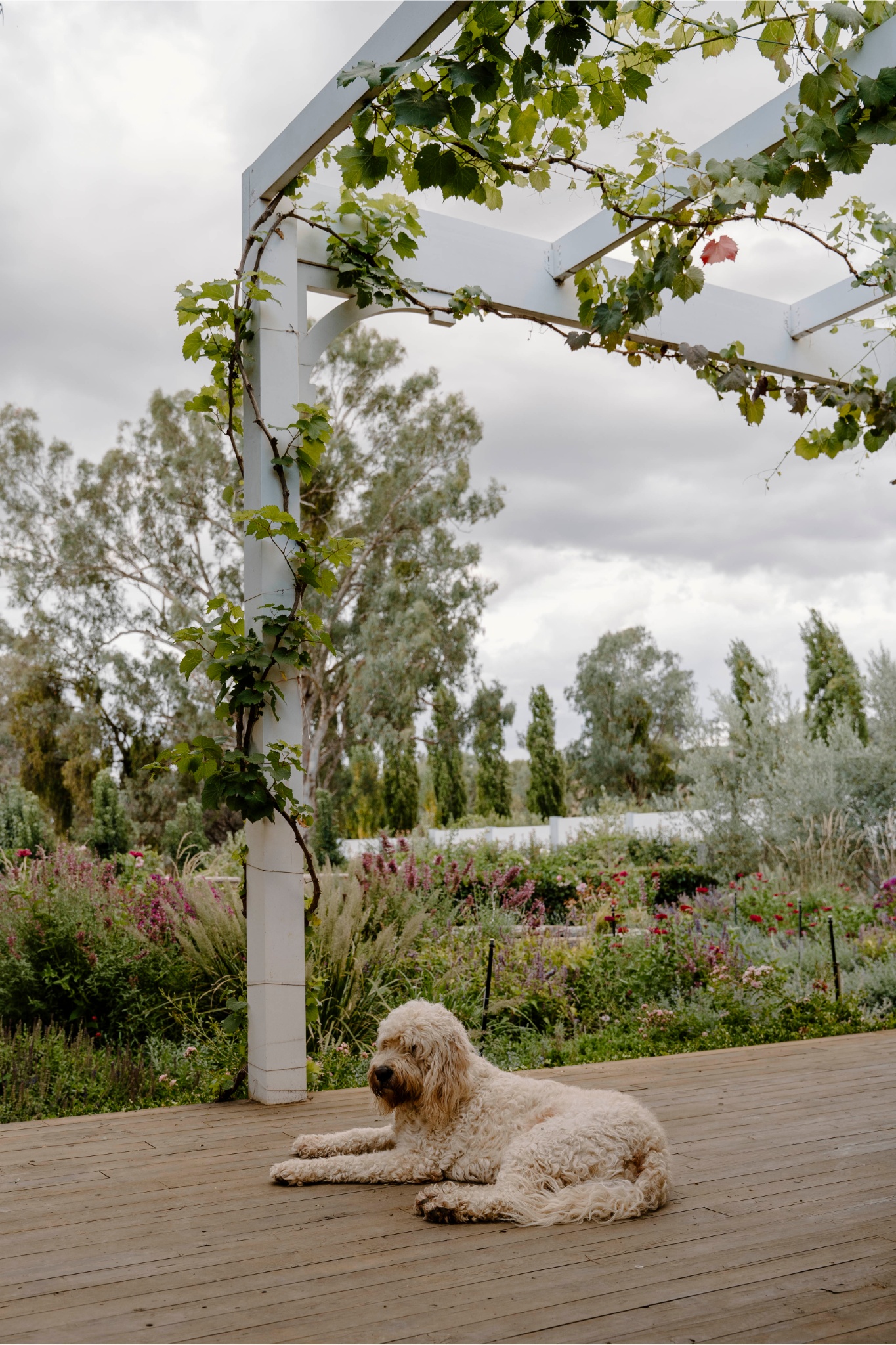
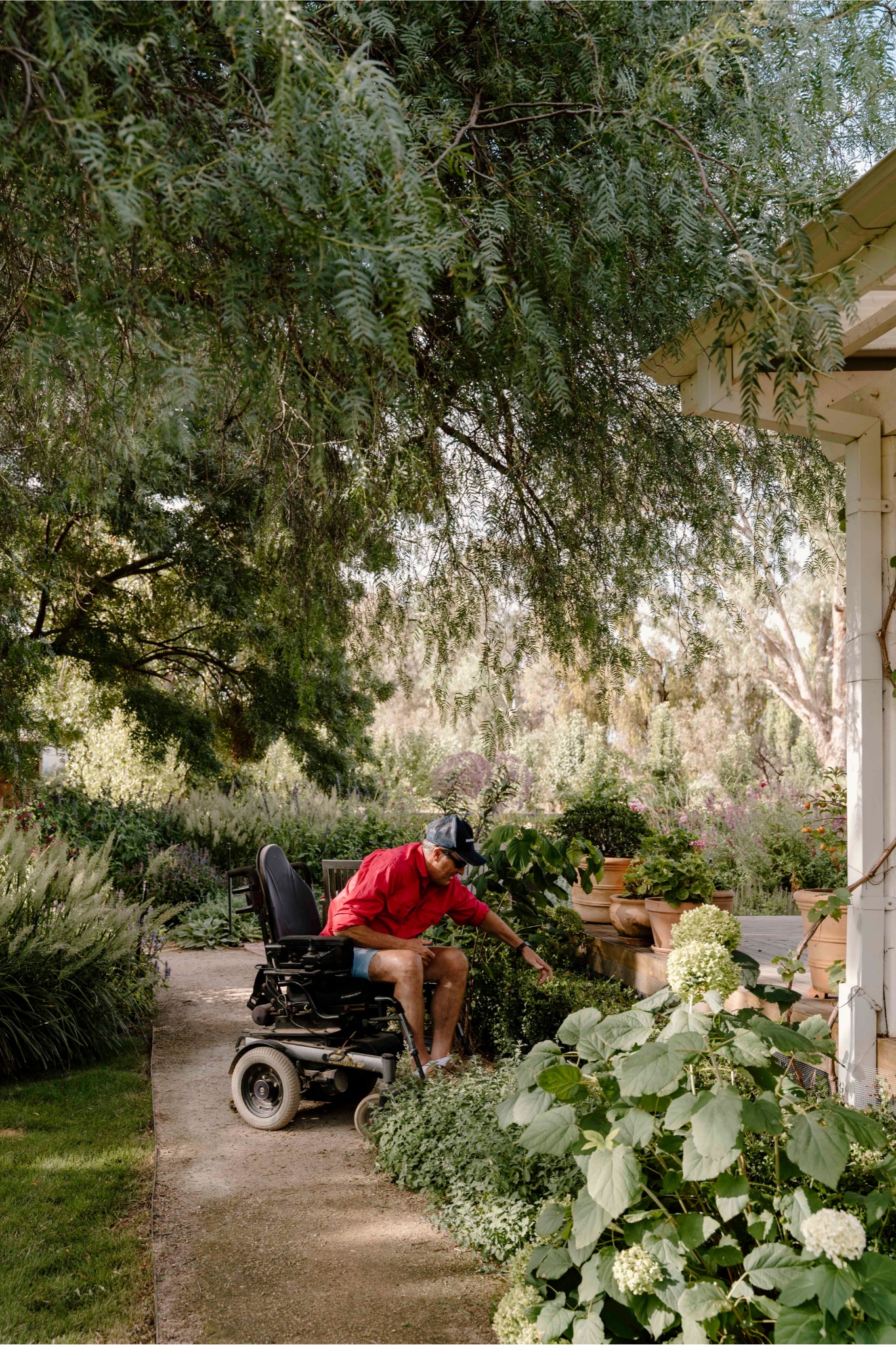
“We had to establish a nursery to supply the plants we needed and we are gradually improving their resilience for our climate, which is challenging. This year has been quite mild with above-average rainfall, but in the past we have had raging dust storms, bushfires and 46 degree heat in January 2018,” she says.
As the business has grown, Jacqui has acquired help from Lynn Percival, now the nursery manager, who has worked in many large, country gardens in the Riverina, and Maddie Menzies, a friend with a shared passion for perennials.
“Last year we held four open days and were blown away by the numbers who turned up! At our last opening more than 600 people arrived,” Jacqui says. “The garden is not neat and tidy, but we see beauty, even in high summer or after a severe frost.”
For more information, visit Ladysmith Park Perennials.
Subscribe to Graziher and never miss an issue of your favourite magazine! Already a subscriber? You can gift a subscription to someone special in your life.
To hear more extraordinary stories about women living in rural and regional Australia, listen to our podcast Life on the Land on Apple Podcasts, Spotify and all major podcast platforms.
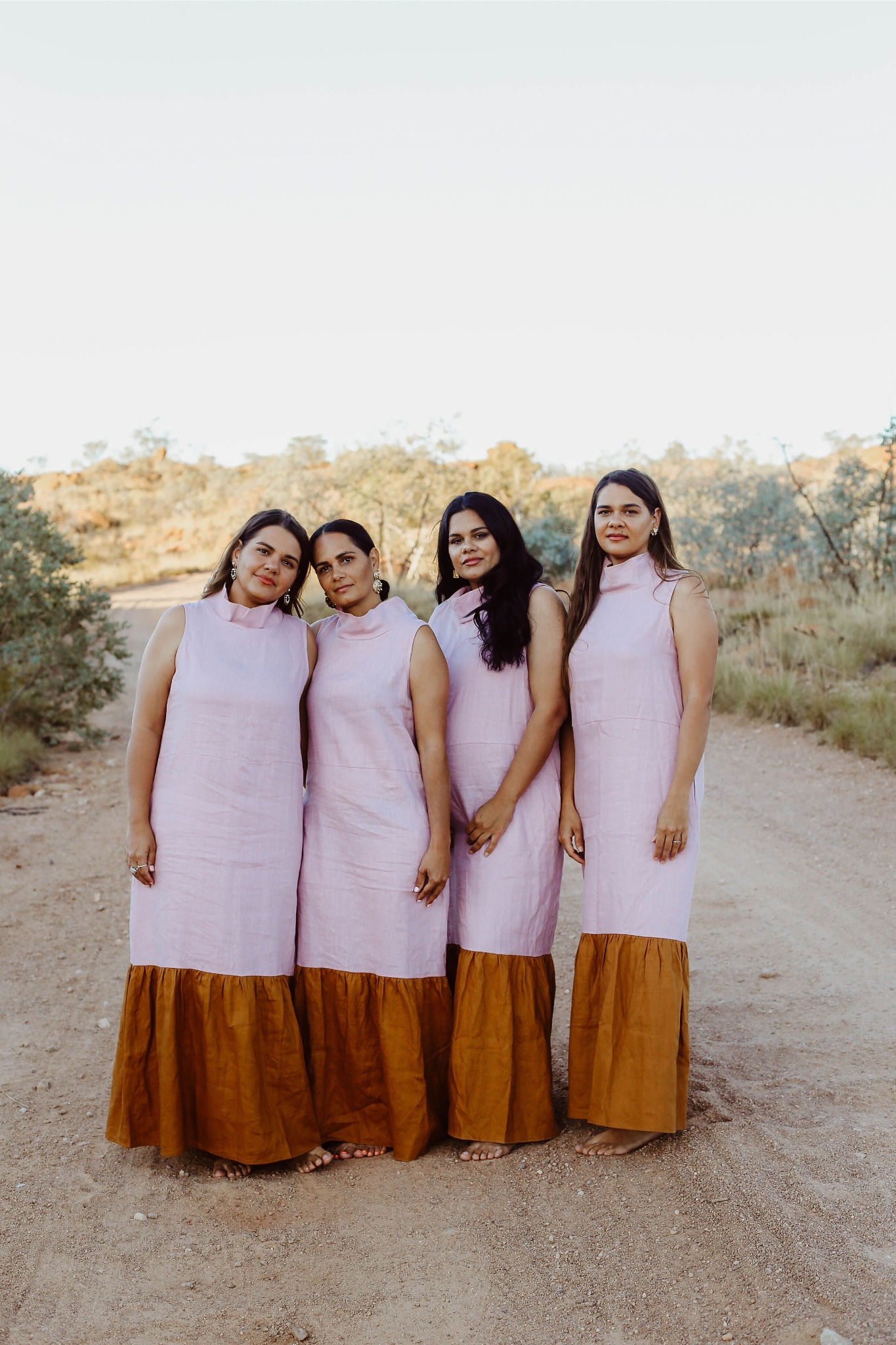
The Kalkadoon women capture the colours of Queensland’s Gulf Country as co-owners of Cungelella Art.
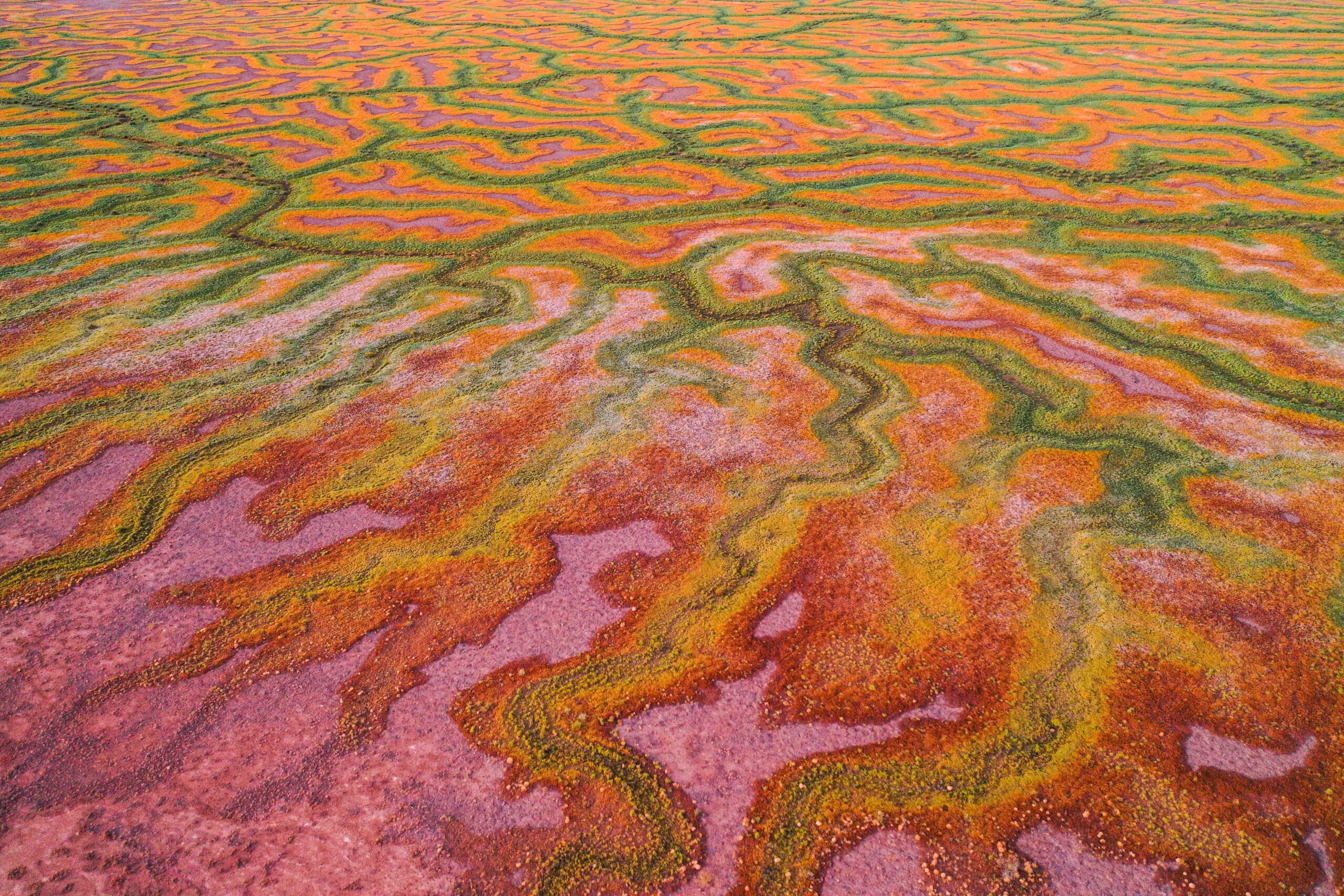
Meet the fifth-generation sheep and cattle farmer behind the image selected for the 2026 Graziher wall planner, which comes free with the next issue.
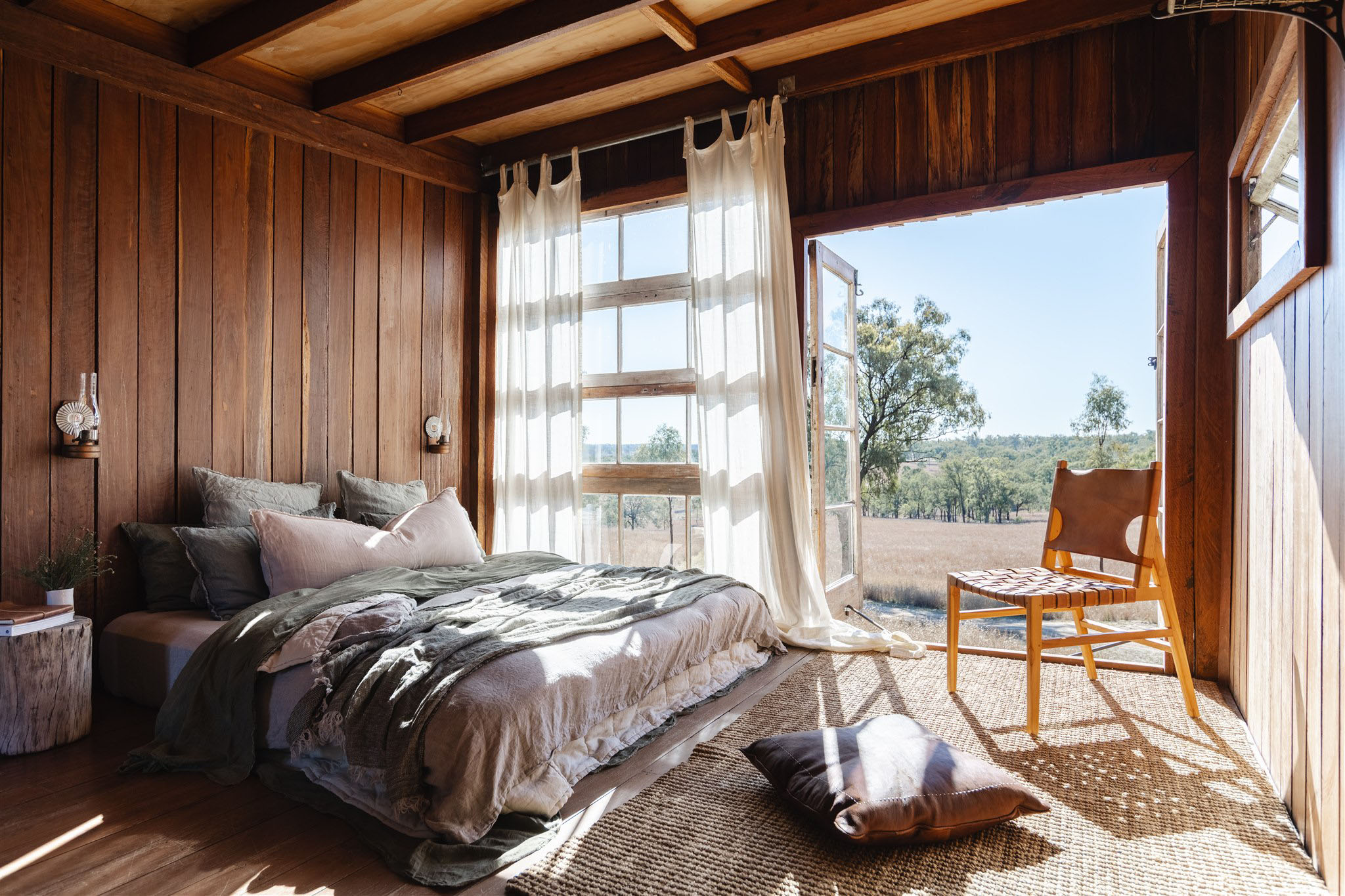
She says it’s less work than you might think — and provides income stability when times are tough.